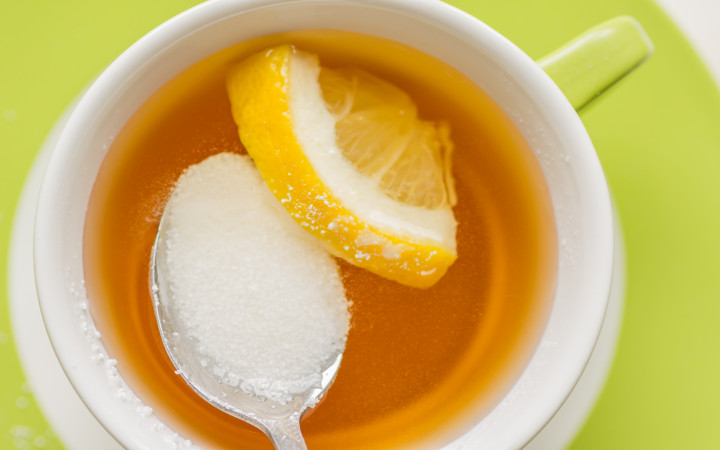Today’s Wonder of the Day was inspired by Shantie from Carteret. Shantie Wonders, “What happens to sugar when it's dissolved in water?” Thanks for WONDERing with us, Shantie!
Have you ever added a scoop of sugar to a pitcher of lemonade? Maybe you’ve watched a family member put a spoonful in their morning coffee or tea. Most people have stirred sugar into a liquid at one point or another. And it leaves many of them WONDERing: What happens to sugar when it dissolves?
Let’s find out! Imagine you’ve just dumped a teaspoon of sugar into a glass of water. Much of it might quickly dissolve on its own. You’ll likely use the spoon to stir the rest of it until the water is clear. There’s likely no visible sign of the sugar. Take a sip, though, and you’ll taste it. That’s because the sugar molecules have split up and spread throughout the glass.
In this example, sugar is a solute. That’s what chemists call a substance that dissolves into another. The water is a solvent—the liquid that breaks down a solute. Both sugar and water are made of polar molecules. That means each molecule has positively and negatively charged parts.
Have you ever heard that opposites attract? It’s true! The opposite charges in polar molecules act like magnets. Regions of positive charge connect to those of negative charge. Then, water pulls the sugar molecules apart.
When a solute and a solvent come together, they make a solution. In this example, the solution is sugar water. Can you think of any other examples? If you’re thinking of lemonade, sweet tea, or sweetened coffee, you’re right.
When a solute dissolves well in a solvent, chemists say it has high solubility. Sugar has high solubility in water. Plenty of other things do, too—like salt, most acids, and some vitamins. There are also ways to increase a substance’s solubility. One example is to stir a beverage after you’ve added sugar. Another method is to heat the liquid. Both sugar and salt dissolve better in warm water than in cold water.
Have you ever added too much sugar to a pitcher of tea or lemonade? If so, you may have noticed grains of sugar at the bottom of the solution. That’s because the liquid cannot dissolve any more sugar. This is called saturation, and it can happen to any solution that contains large amounts of a solute.
What solutions have you made lately? Maybe you’ve mixed sugar, salt, or another substance with water. Have you ever tried to dissolve something that wasn’t very soluble? That can be quite a learning experience!
Standards: NGSS.PS1.A, NGSS.PS1.B, CCRA.R.4, CCRA.L.3, CCRA.L.6, CCRA.R.1, CCRA.R.2, CCRA.R.4, CCRA.R.10, CCRA.SL.1, CCRA.SL.2, CCRA.W.2, CCRA.W.9, CCR.W.4, CCRA.L.1, CCRA.L.2




